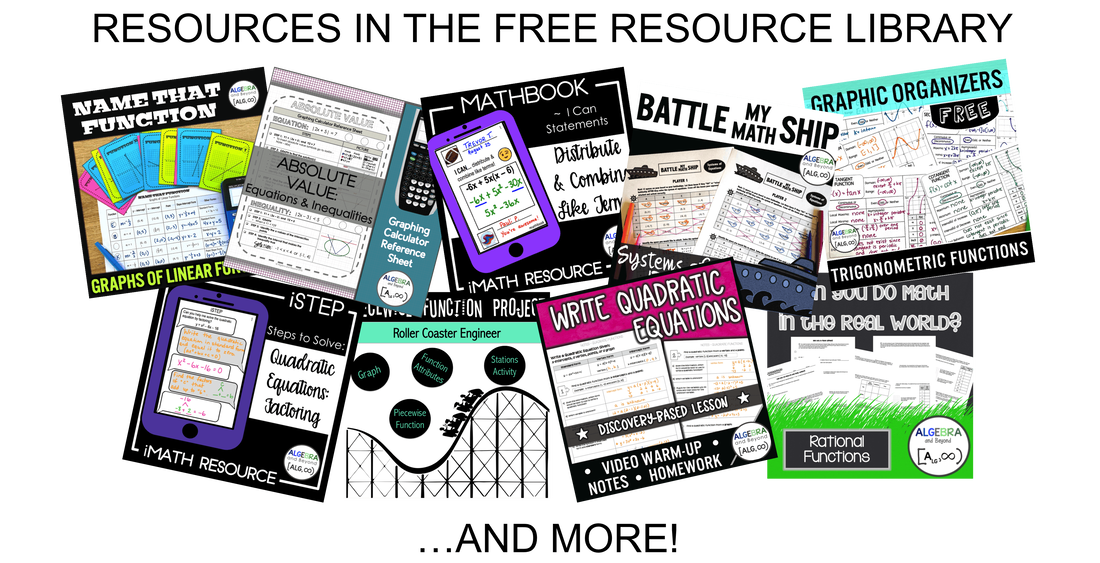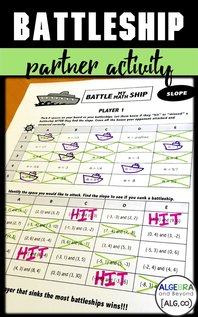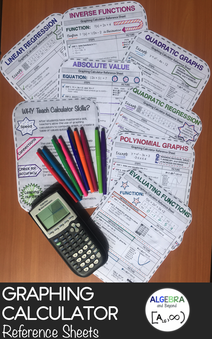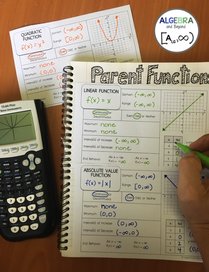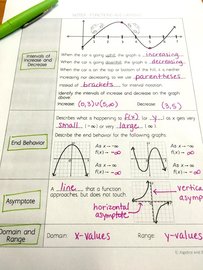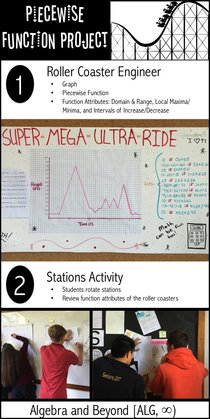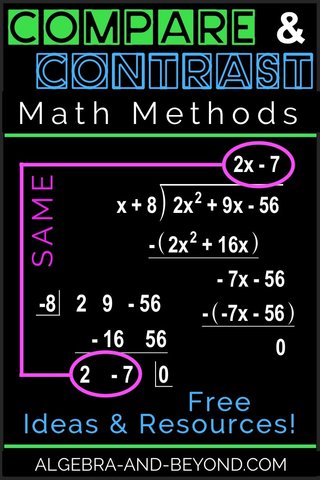 
Check Your Work!
I am a big advocate for students always being able to confirm (or disaffirm) their solutions. I constantly remind my students to CHECK their work, whether that means plugging a solution back into the equation or checking on the calculator. And if you’ve read this post, you know I show my students many ways to use the calculator to find solutions. But whatever the method, JUST DO IT and then you will KNOW if you got the correct answer, especially for assessments. If students check their work, it’s impossible for them to get the solution wrong. So, of course my students earn 100% on all their assessments right? Nope. They don’t want to check their work; they just don’t want to do it. Maybe you are thinking, why don’t I just add a “check your work” section to each problem on the assessment? Yes I could do that, but then they would have to do it algebraically, and I don’t want to force them to use that method when they can easily check on the calculator as well. Luckily I figured out another way. It won’t work for every math topic, but it’s super helpful for topics when several methods can be used. It all started with dividing polynomials using synthetic and long division. Every year my students loathed long division and it showed on assessments. How could I give them the confidence to know they are doing the long division properly or at least figure out a way to get the correct solution? It’s actually really simple. Instead of stating “do these four problems using synthetic division and these four problems using long division”, I changed it up and said do these four problems using both methods. I am able to see if they understand both methods AND they are checking their answers! Compare and Contrast What happens if the answers don’t match? This will make it obvious to students that they did something wrong, so they naturally will try to find the mistake and correct it. It pushes them to critically think about their process and how to correct it. Essentially, students are comparing and contrasting the two methods to ensure they get the same result. If they don’t completely understand long division, they can still figure it out by working backwards, if necessary. We know that similarities and differences is one of Marzano’s highly effective instructional strategies. Here is a brief reminder of what this strategy does for our students (detailed list here):
Quiz Time
I have been using this quiz for several years now, and time after time, 80-100% of the students earn an A on it. And no they’re not honors Algebra II classes. In fact, this years’ class included 9th-12th graders with all different skill levels and 18/21 of them earned an A! I get so excited to give this quiz because I know most students will do well since they are checking their answers.
If you use this strategy, it is important to remember to check the process for each method because some students can easily write the same answer for both, but have the incorrect steps. And of course, there is the division of a polynomial by a trinomial where you can only use long division. I do add a part to that question stating they need to check their answer, but didn’t tell them how to do it. I assumed they would multiply the quotient by the divisor. I was very surprised to see several students used other ways, such as dividing the dividend by the quotient using long division or synthetic division. Neat stuff!
Click on the photo above for the free editable quiz.
Practice Activity
Here is a fun partner activity to use as practice before the quiz. Students work on one problem, each using a different method and then confirm their answers with each other. Students alternate methods from problem to problem. They find this challenging at first because it requires them to switch back and forth between methods, but it helps them thoroughly understand each method and retain it.
If you like this idea and want to try it in your classroom, click on the photo above for the free activity.
More Methods
There are several topics in math where you can use this strategy. Here are a few I can think of:
Here are more great activities that compare and contrast math methods:
3 Comments
Kaitlin Acabbo
2/28/2022 11:26:44 am
When I clicked on the quiz for long/synthetic division, there are no problems. I know you can edit it but are there supposed to be problems?
Reply
Tyra
3/2/2022 07:27:15 am
Hi Kaitlin,
Reply
Kimberly Nowell
6/8/2023 04:53:46 pm
I used your partner worksheet this year and my kids loved it. They had such good conversations about their work and tried to help each other if their answers didn't match. I hope to make some of my own for this upcoming year.
Reply
Leave a Reply. |
Hello there,
|
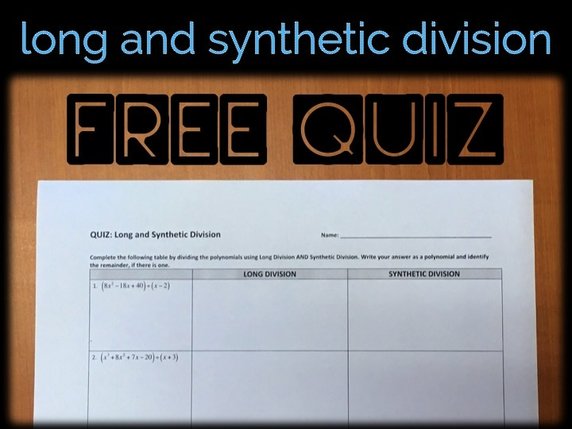
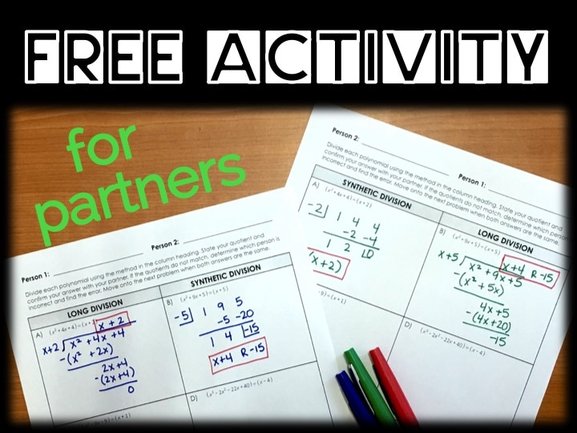
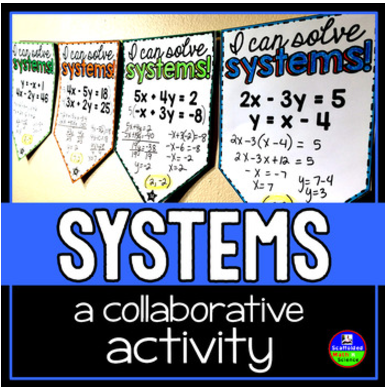
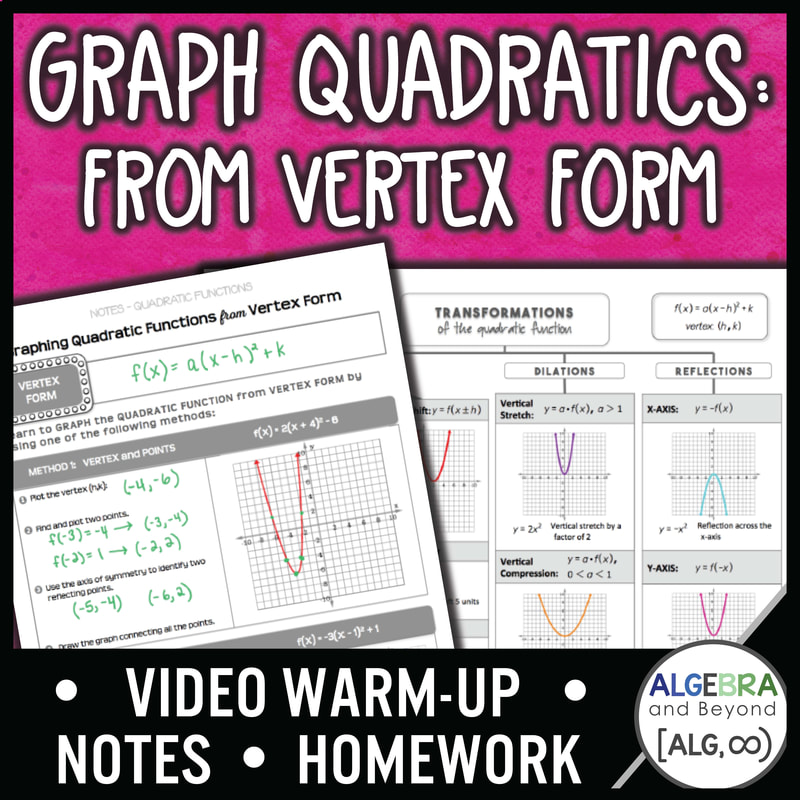
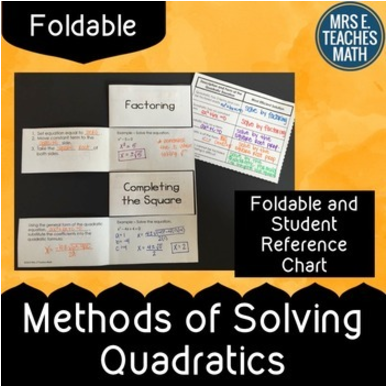
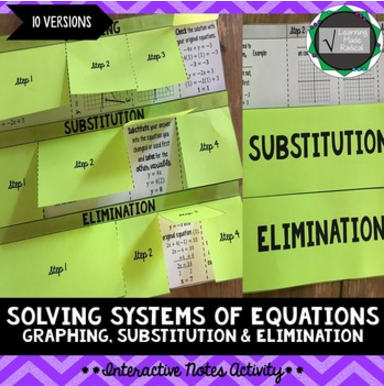
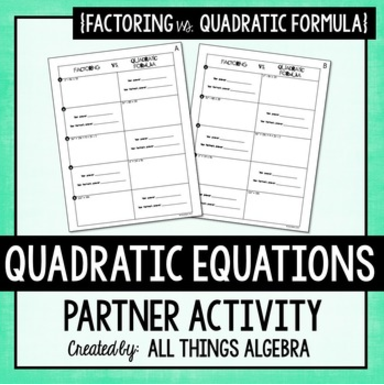

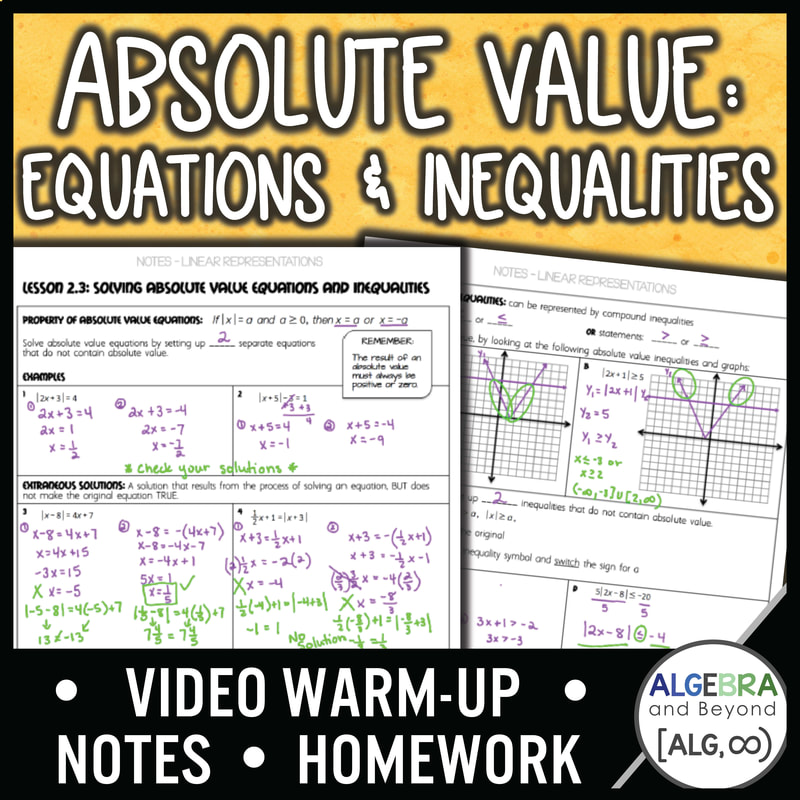
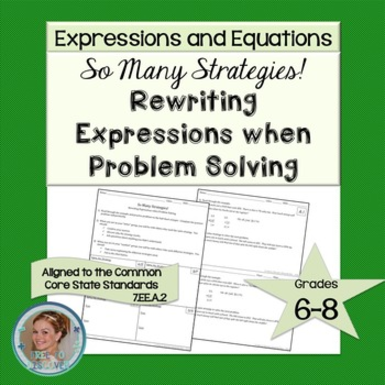





 RSS Feed
RSS Feed

